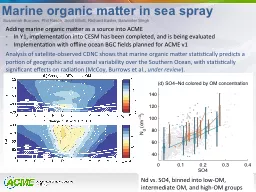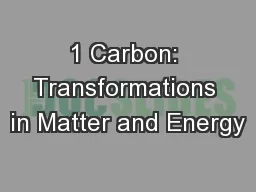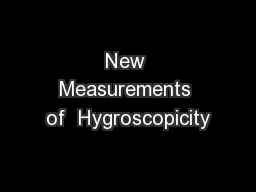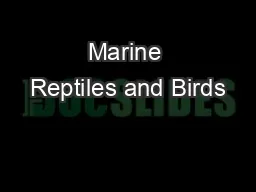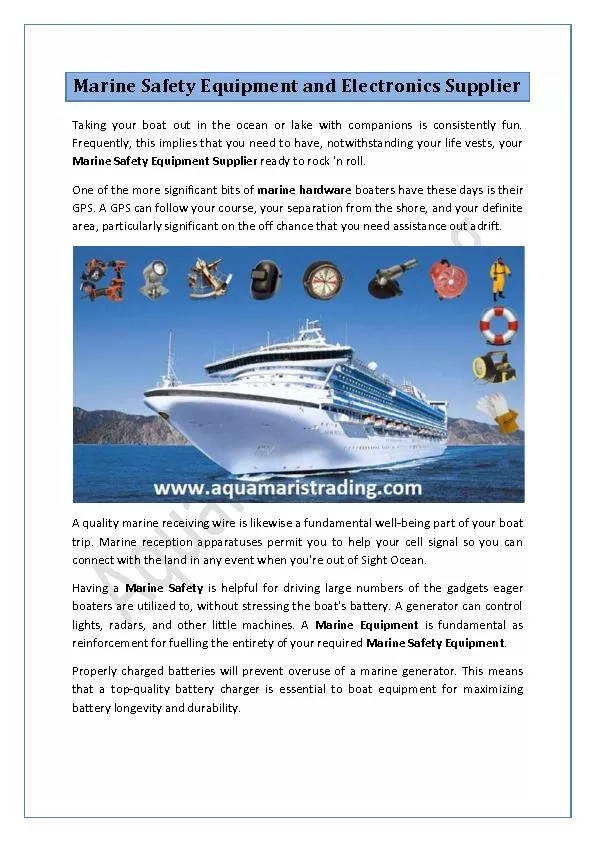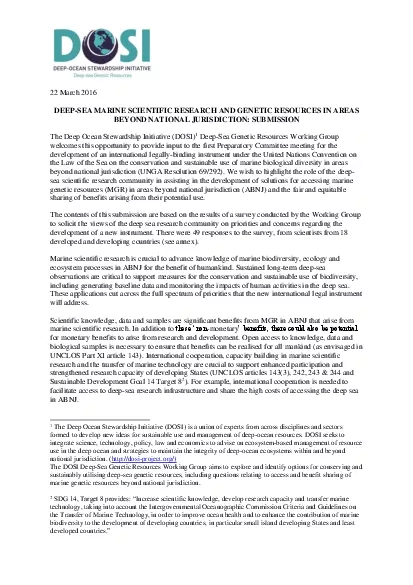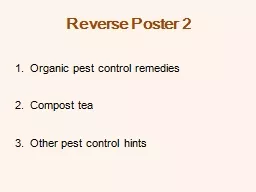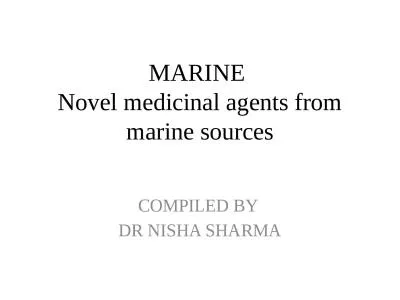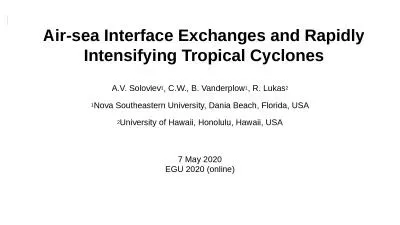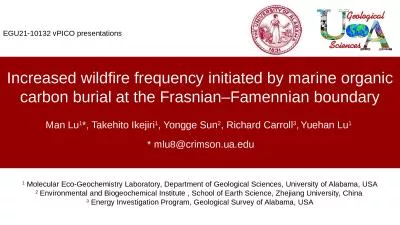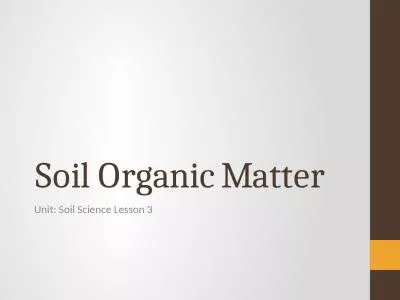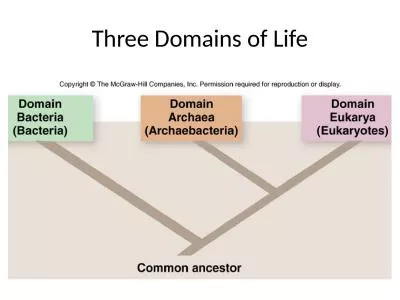PPT-Marine organic matter in sea spray
Author : blackwidownissan | Published Date : 2020-06-15
Nd vs SO4 binned into lowOM intermediate OM and highOM groups Adding marine organic matter as a source into ACME In Y1 implementation into CESM has been completed
Presentation Embed Code
Download Presentation
Download Presentation The PPT/PDF document "Marine organic matter in sea spray" is the property of its rightful owner. Permission is granted to download and print the materials on this website for personal, non-commercial use only, and to display it on your personal computer provided you do not modify the materials and that you retain all copyright notices contained in the materials. By downloading content from our website, you accept the terms of this agreement.
Marine organic matter in sea spray: Transcript
Download Rules Of Document
"Marine organic matter in sea spray"The content belongs to its owner. You may download and print it for personal use, without modification, and keep all copyright notices. By downloading, you agree to these terms.
Related Documents

